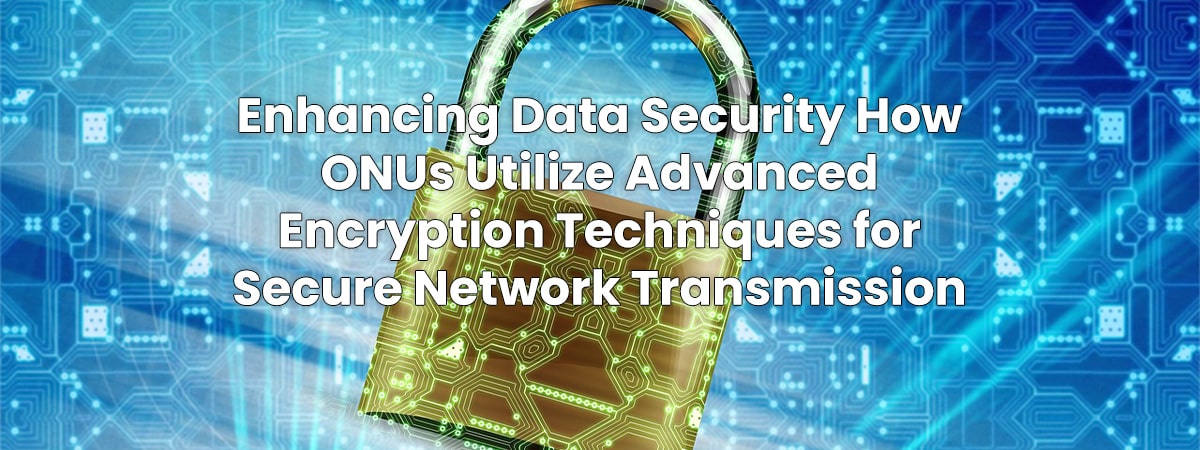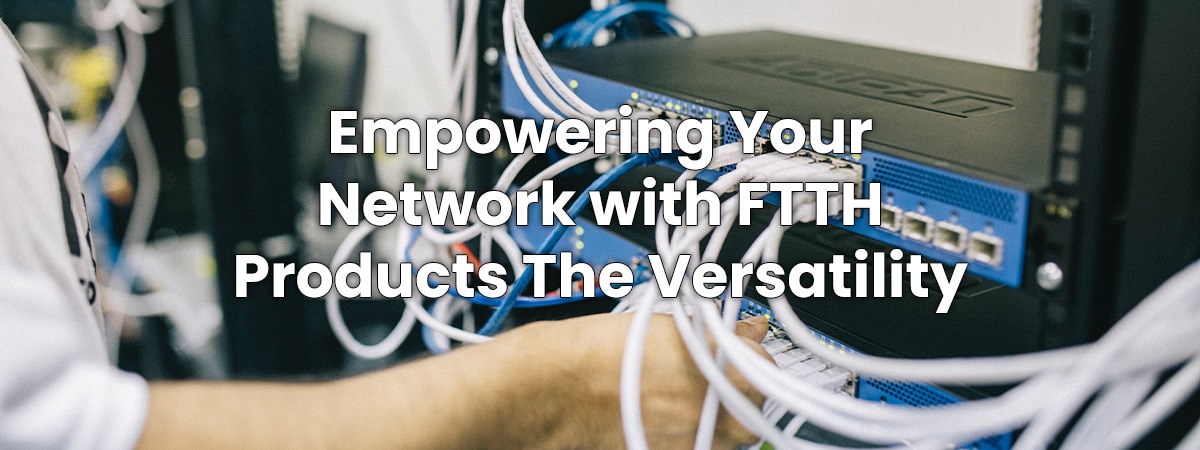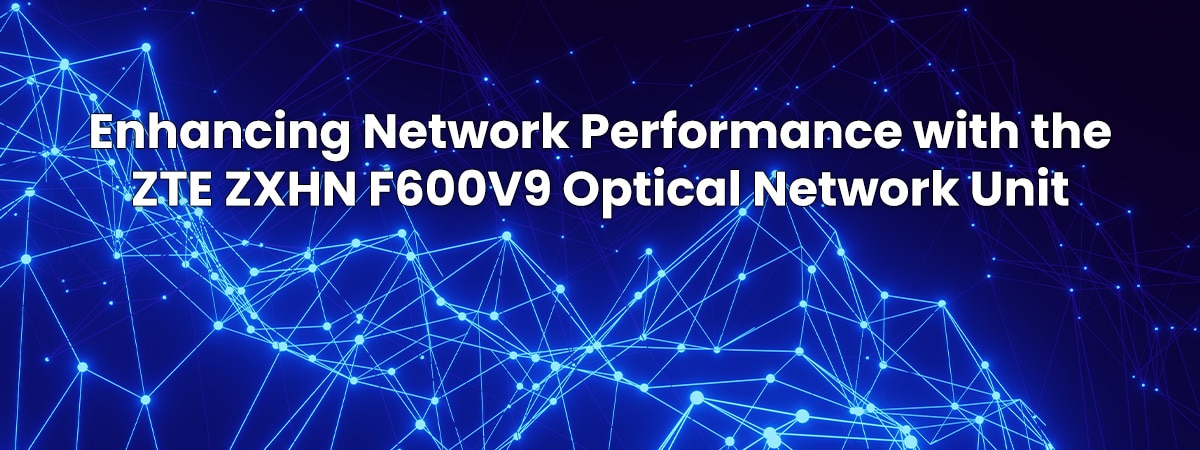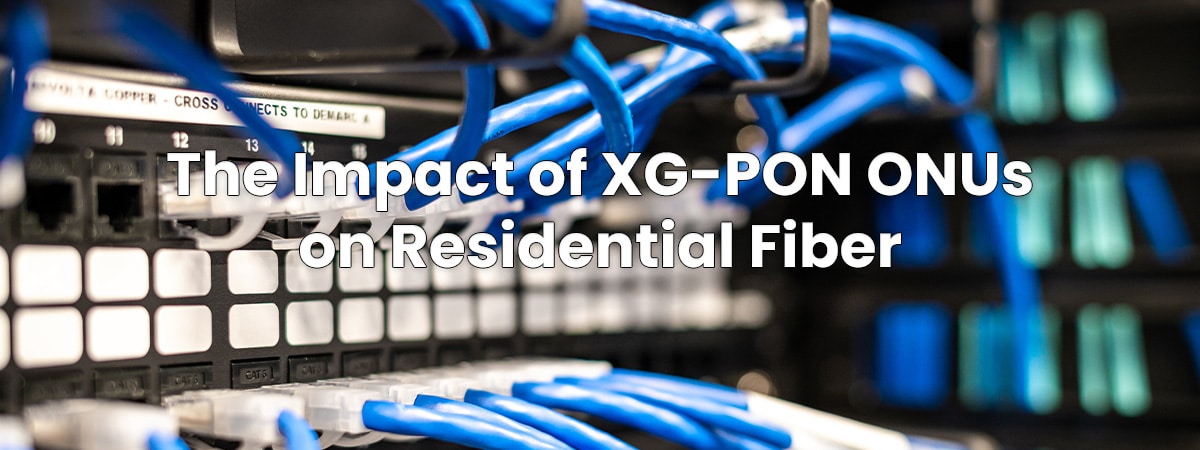In today’s digitally interconnected world, where information travels at the speed of light across vast networks, data security stands as a paramount concern. With the increasing reliance on online communication, streaming, and cloud-based services, safeguarding sensitive information during transmission has become a critical necessity. Optical Network Units (ONUs), as integral components of Fiber-to-the-Home (FTTH) and Fiber-to-the-Premises (FTTP) networks, play a pivotal role in ensuring secure data transmission. Leveraging advanced encryption techniques, ONUs establish a robust shield against potential cyber threats and breaches, creating a secure digital environment for users.
Understanding ONUs and Their Role
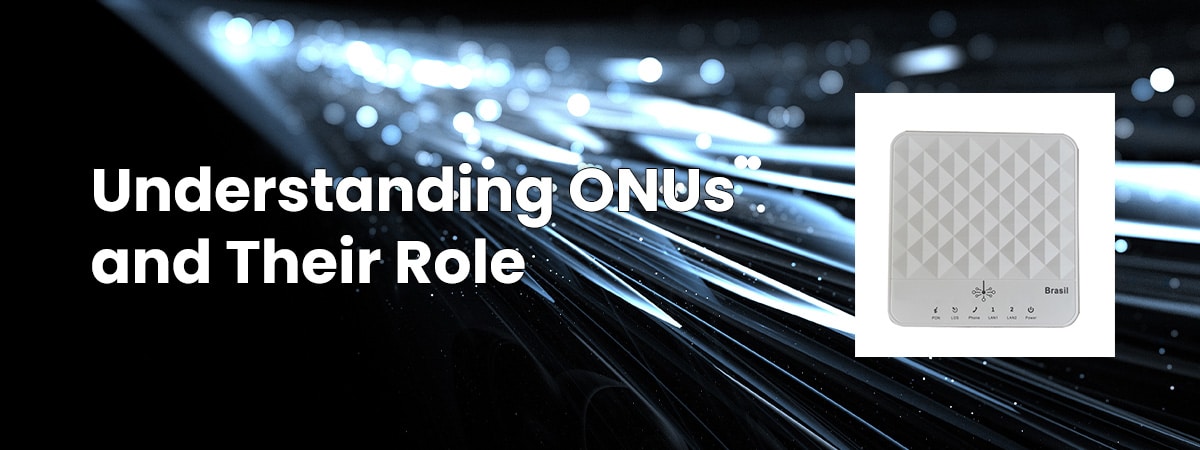
ONUs are the endpoints of optical fiber networks, serving as the bridge between a user’s premises and the service provider’s network. They enable high-speed internet access, digital television, and voice services by converting optical signals into electrical signals that devices can interpret. As data travels from the user’s device to the service provider’s infrastructure and vice versa, ONUs facilitate this exchange, making secure data transmission a fundamental aspect of their function.
Advanced Encryption Techniques: The Shield of Security
Cyberattacks have grown increasingly sophisticated, targeting vulnerabilities in network infrastructure to gain unauthorized access to sensitive data. ONUs combat these threats by implementing advanced encryption techniques, which involve converting data into a secure, unreadable format during transmission. This encryption ensures that even if intercepted by malicious entities, the intercepted data remains indecipherable and unusable.
End-to-End Encryption: Safeguarding Data Across the Journey
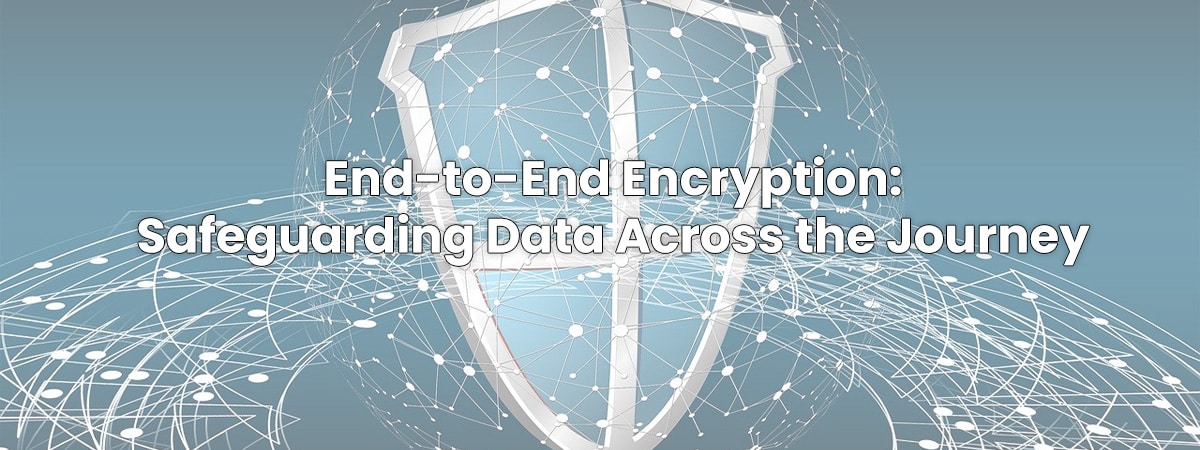
ONUs enhance security by implementing end-to-end encryption, a process that encrypts data at the source and decrypts it only at the intended destination. This means that the data remains encrypted throughout its entire journey, making it virtually impossible for attackers to access and manipulate the information. Whether it’s a financial transaction, a personal communication, or sensitive business data, end-to-end encryption ensures that the data’s integrity and confidentiality are maintained.
Implementing Encryption Protocols: A Multilayered Approach
To fortify the security of data transmission, ONUs rely on multiple encryption protocols, each designed to address specific aspects of network security. These protocols include Transport Layer Security (TLS) and Internet Protocol Security (IPsec), which establish secure communication channels and encrypt data packets, respectively. By implementing a combination of encryption methods, ONUs create a multilayered defense against potential threats.
User Empowerment and Confidence
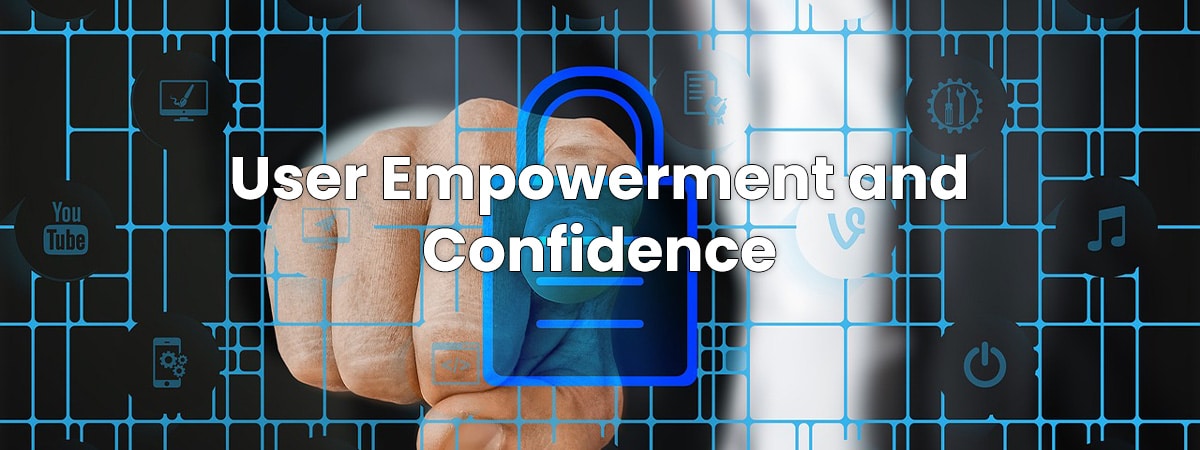
By ensuring secure data transmission, ONUs empower users to navigate the digital landscape with confidence. Whether it’s transmitting personal documents, conducting online transactions, or communicating sensitive information, users can trust that their data remains shielded from prying eyes. This sense of security encourages greater participation in the digital realm and contributes to the growth of online services and applications.
In conclusion, as the backbone of modern connectivity, ONUs go beyond simply enabling high-speed internet access; they are integral to maintaining a secure digital environment. With their implementation of advanced encryption techniques, ONUs safeguard data during transmission, ensuring that sensitive information remains protected against cyber threats. Through end-to-end encryption, encryption protocols, and a multilayered approach to security, ONUs play a pivotal role in fostering user confidence and enabling seamless and secure communication across the digital landscape.
